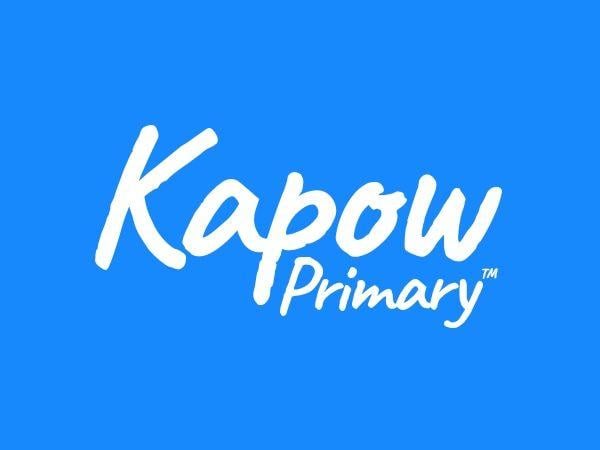Learning objective
- To use conditions and sensors to control what happens in a Scratch game.
Success criteria
- I can use an if, then, else block
This content is for subscribers only. Join for access today.
National curriculum
Computing
Pupils should be taught to:
- Design,
This content is for subscribers only. Join for access today.
Cross-curricular links
None.
This content is for subscribers only. Join for access today.
Before the lesson
This content is for subscribers only. Join for access today.
Lesson plan
Recap and recall
Explain that the children will create a mind map to help them remember what they learnt about how the game Scratch - Catch the doughnut from the previous lesson works. Hand out whiteboards and pens and display the Presentation: Mind map.
This content is for subscribers only. Join for access today.
Extended-mode explainer videos
How to extend your display to view the lesson page and preseantion mode simultaneously. Choose your operating system below to watch the video
If you need further support with extending your display,
please contact [email protected].
Extended-mode explainer video: For Mac
Extended-mode explainer video: For Windows
Adaptive teaching
Pupils needing extra support
Should write their code on a whiteboard before programming it into Scratch; could rewatch the Pupil video: Conditional statements.
Pupils working at greater depth:
Should create different questions and think about ways to make sure responses are interesting for the player; could think about how a variable could be added to the project.
This content is for subscribers only. Join for access today.
Assessing progress and understanding
Pupils with secure understanding indicated by: identifying conditional statements in the code
This content is for subscribers only. Join for access today.
Vocabulary definitions
-
if statement
A rule that makes something happen only if something else is true.
-
if, then, else
A type of statement that tells the program to do one thing if a condition is true and something else if it is not.
This content is for subscribers only. Join for access today.

